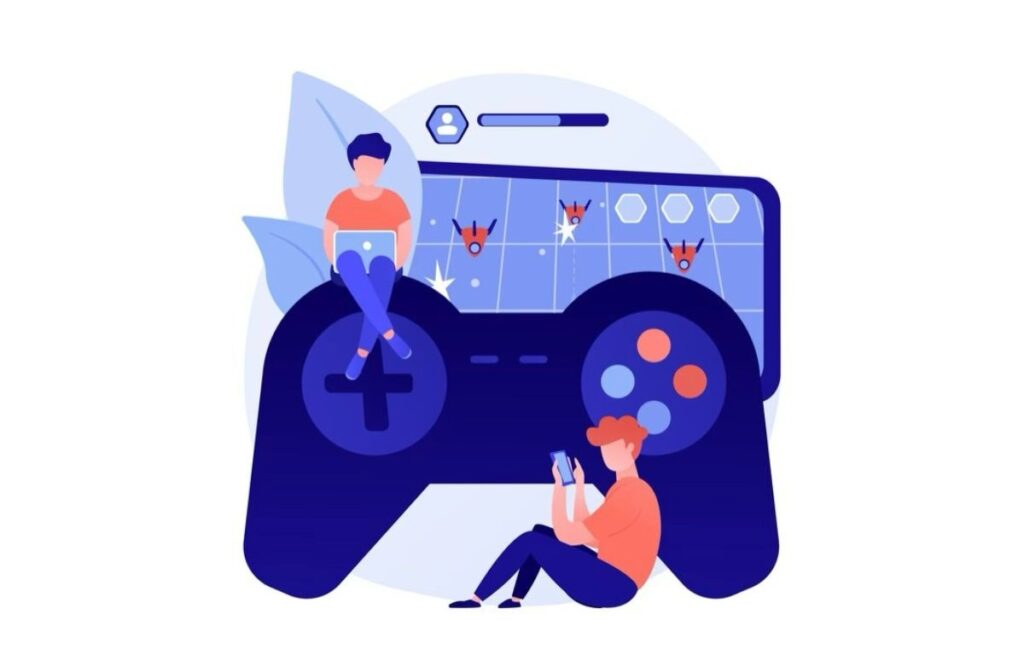Reaching players around the world has become crucial for success as the gaming industry grows in 2025. To ensure that games appeal to players from a variety of geographical locations and overcome language obstacles, game translation services are essential.
Beyond just translating text, many companies modify the entire gaming experience, including conversation and cultural intricacies, to conform to regional standards and tastes. By altering voiceovers, graphics, and gaming mechanics, game localization improves this process and provides gamers with a smooth, engaging experience.
As the gaming industry grows more multinational, adapting games to other cultures and languages is becoming more and more necessary. Successful video game developers and companies need to know how crucial localization is to growing their audience and building stronger relationships with gamers worldwide.
Contents
The Role of Game Translation in Global Success
Beyond simply translating text, game translation includes translating conversation, in-game text, and audio, all of which are customized to the target market’s linguistic and cultural nuances. This extensive procedure modifies a game’s content to retain its original meaning while appealing to gamers in various geographical locations.
A game’s success depends on how well it sells in a variety of markets. The way that players interact with a game is greatly influenced by translation services. Low user ratings, annoyance, and unfavorable reviews can result from poor or inaccurate translations. If players don’t fully get the speech or directions, they could feel cut off from the plot or gameplay.
On the other hand, accurate and culturally appropriate translations increase player happiness, promote goodwill, and cultivate loyalty. Strong evaluations and a favorable reputation throughout several locations are more likely to be produced by a localized game that appeals to its target audience.
Use of Cutting-Edge Technology
By 2025, advancements in automated translation technologies, machine learning, and artificial intelligence (AI) are predicted to bring about vital changes in the game translation sector. These technologies have already begun to impact game localization services, and their influence will only grow in the years to follow.
Artificial intelligence (AI)-powered translation solutions provide quick translations while preserving the accuracy of basic themes and terminology. Machine learning models are trained on large datasets, improving their ability to understand context. However, considering cultural sensitivity in game localization is the main obstacle.
To maintain the tone and essence of a game, automated systems may have trouble with humor, colloquial language, and regional dialects. Therefore, human translators will continue to play a significant part in delivering the creativity and emotional depth that automated systems cannot match, even as AI and machine learning speed up routine translation work.
The Increasing Demand for Multilingual Localization Platforms
The growing need for multilingual localization platforms is another important development that will drive game localization in 2025. Developers are focusing on a variety of geographical areas with varying languages and cultures as the game business continues to grow internationally, which offers both opportunities and challenges.
It is more important than ever to have localized content in several languages, including regional dialects. The emergence of global multiplayer games, or dart board games, which link players from all over the world, raises the demand to provide a smooth and inclusive experience for all audiences.
Furthermore, the localization process needs to be flexible and effective across several formats, as games are rapidly being distributed on consoles, PCs, and mobile devices. Game makers need to make sure that localized text is consistent across all platforms and fits within the limitations of different screens and user interface elements.
To ensure that gamers worldwide have the best possible experience, localization must be done holistically, balancing linguistic, technical, and cultural elements across various platforms and user interfaces.
The Growing Role of Community Feedback
By 2025, community input will play an even bigger role in the localization and translation of video games. Players from all around the world are now actively influencing how their favorite games are localized because of the growth of social media and community-driven platforms.
Players are providing insightful opinions about the correctness and cultural suitability of translations through forums, social media groups, or in-game feedback tools. They are also recommending changes to better the entire experience.
To make sure that regional audiences connect with localized material, this feedback loop will be essential. In order to improve translations based on actual user feedback, game creators and localization teams must pay close attention to this input and act quickly. In addition to addressing any translation concerns that might have gone unnoticed during the original process, this cooperation between gaming developers, companies, translators, and players will guarantee that players in various locations get a culturally appropriate gaming experience.
The importance of community feedback in game localization will only increase as the demand for more individualized and regionally relevant experiences keeps growing. In addition to increasing translation accuracy, player interaction fosters the bond between game producers and their worldwide fan base, creating a more devoted and contented community.
Wrapping Up
In 2025, game localization and translation will be essential for success in the global gaming market. These services stimulate deeper player interaction and open up a wide range of new markets by overcoming linguistic and cultural obstacles.
AI and machine learning have the potential to completely transform the sector as technology develops, automating repetitive operations while maintaining the need for human skills for cultural sensitivity and nuanced interpretation.
A seamless incorporation of state-of-the-art technology, human creativity, and real player input will shape gaming in the future. Game creators can produce realistic and culturally relevant experiences that captivate audiences everywhere by adhering to these guidelines.



